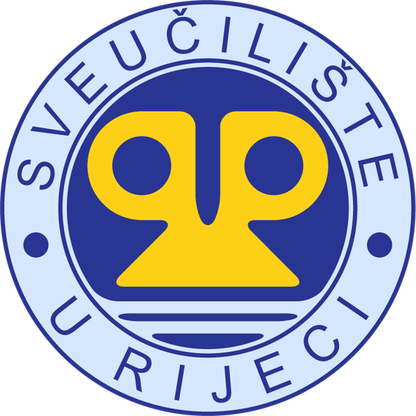| Id | 2188 | |
| Author | Foroughi M.; de Andrade B.; Roders A.P.; Wang T. | |
| Title | Public participation and consensus-building in urban planning from the lens of heritage planning: A systematic literature review | |
| Reference | Foroughi M.; de Andrade B.; Roders A.P.; Wang T. Public participation and consensus-building in urban planning from the lens of heritage planning: A systematic literature review,Cities 135 |
|
| Keywords | cultural heritage; database; decision making; literature review; local participation; urban planning |
|
| Link to article | https://www.scopus.com/inward/record.uri?eid=2-s2.0-85148380991&doi=10.1016%2fj.cities.2023.104235&partnerID=40&md5=4ebf4b30b923a863e5e4ea238cc8b02c |
|
| Abstract | Public participation has been growing in both theory and practice of urban planning, including heritage planning. The reasoning is to facilitate the involvement of a broader group of stakeholders, beyond experts. More specifically, for heritage planning, participation could enable consensus-building on defining the significance of heritage, namely attributes (the resources that should be listed as heritage), and values (the reasons that attributes are important). However, there is not yet a holistic understanding of the influencing factors behind consensus-building in the participatory planning processes for cultural heritage. To evaluate existing research from this angle, a systematic literature review was conducted on peer-reviewed articles using the Scopus database. As most of the studies focuse on urban planning, this research examines the factors influencing consensus-building in the participatory planning process applied to urban and heritage planning and reflects on the applicability of these factors in heritage planning. The main factors were identified inductively and grouped into two categories: 1) public participation: actors, methods, and levels of public participation, and 2) consensus: approaches, and conflicts. The relations between these factors and their frequencies are investigated using statistical analysis methods, namely frequency analysis, independent-samples t-test, and Spearman correlation. The literature confirms that urban planning has applied more diverse methods and tools for public participation compared to studies in the field of heritage planning, and could inspire heritage planning. Conflict is recognized as an intertwined concept with consensus which is considered either as a challenge or as a necessity for an inclusive decision-making. By proposing a framework integrating these factors and sub-factors and illustrating their relationships, this research could also be useful for decision-makers and practitioners to better tailor the public participation process and means to implement it, considering the relevant factors involved. © 2023 The Authors |
|
| Metodology | Technique |








